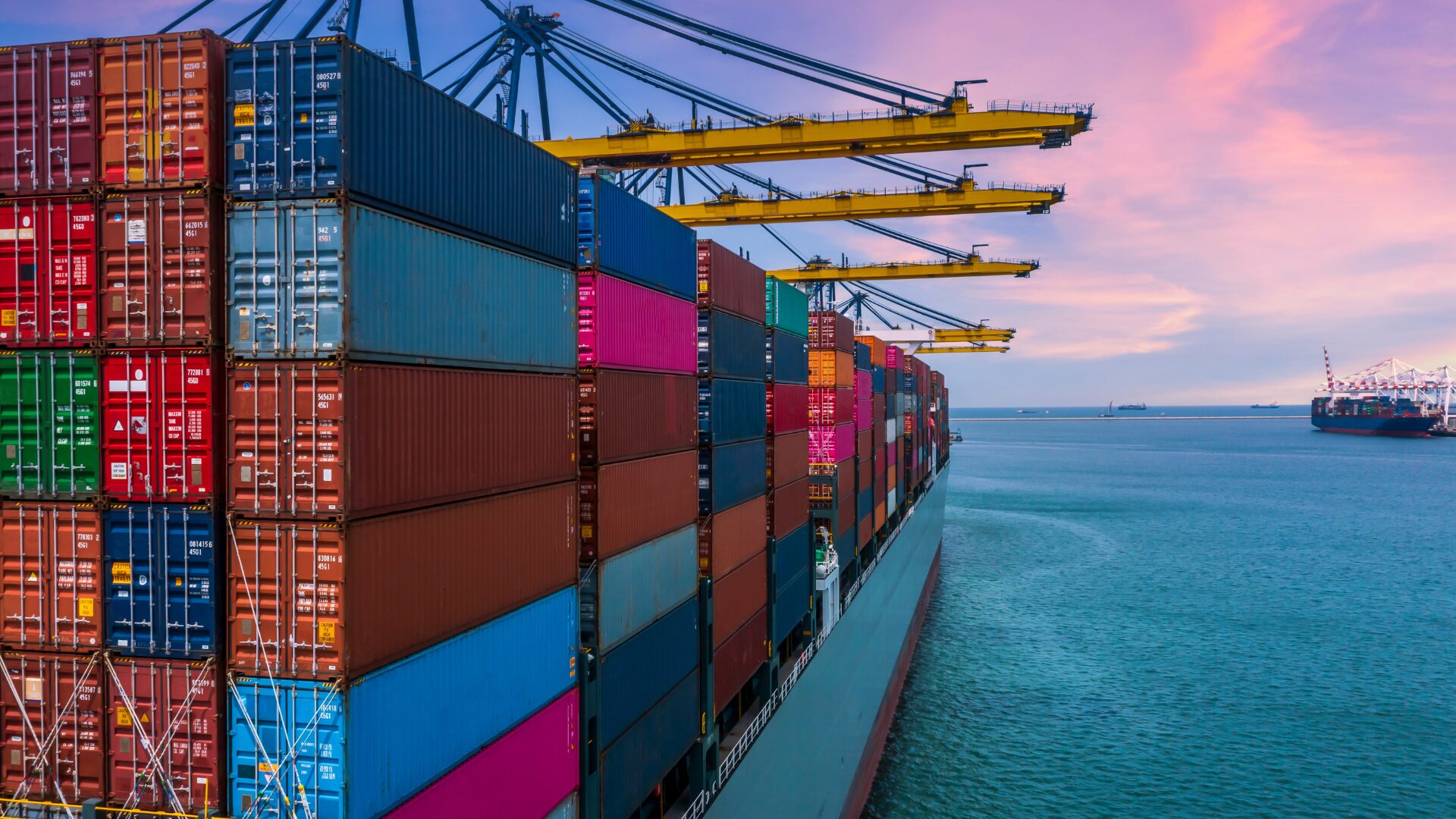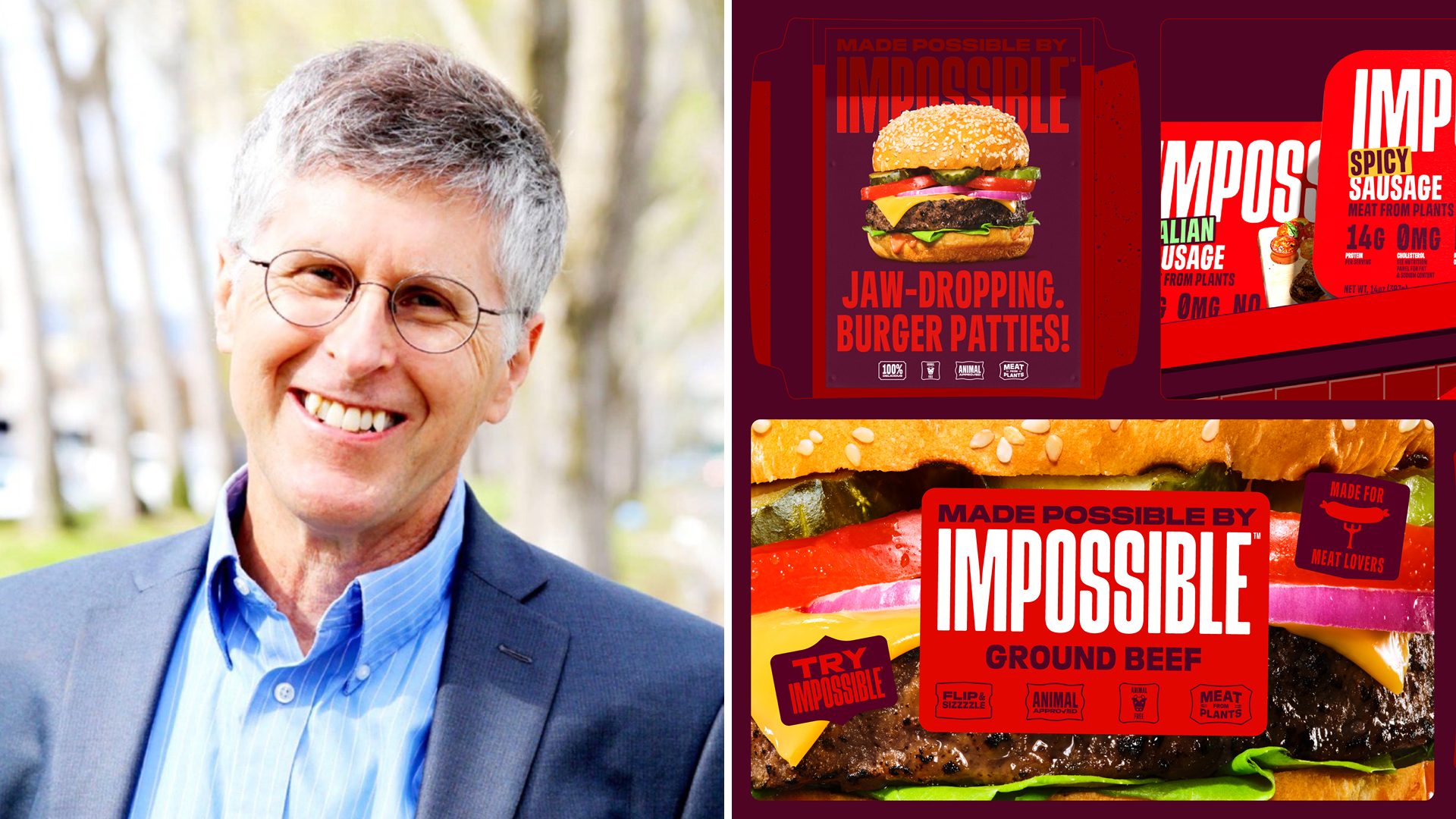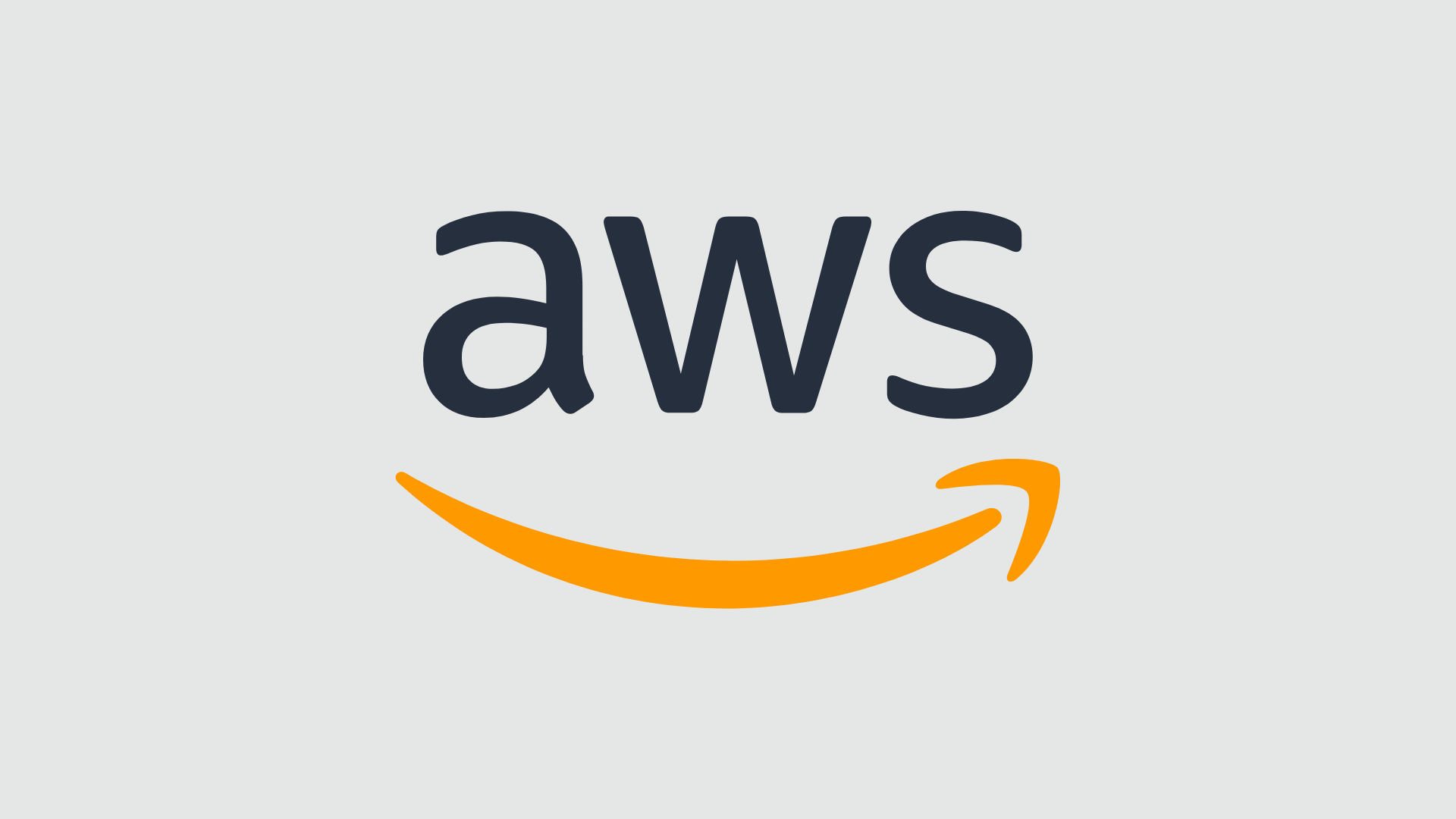Issues like geopolitical conflicts and severe weather disruptions have taught food and beverage industry stakeholders that supply chain resilience is the key to ensuring post-pandemic economic safety.
This was a central theme of The Food Institute’s recent report titled “Supply Chain 360: Building Stronger Networks.”
“In complex supply chains, different materials are often interdependent – one small issue can ripple through the entire operation,” ChainVision founder Ilker Erkose told FI, in a conversation about how companies can leverage supply chain management strategies to build stronger networks. “Managing these dependencies and understanding their impact on production is essential for ensuring continuous, efficient operations.”
Given the sector’s reliance on organic raw materials, a holistic approach that ensures redundancy and security across the supply chain is key to ensuring products can be created and consumed with minimal economic and ingredient supply losses.
Ihab Arafah, general manager at NAFCEL explained during an education session at the recent Gulfood Manufacturing event in Dubai that there is no single solution to these challenges challenges. He did, however, recommend businesses look to risk management solutions that rely on many sources of food, especially local producers, and nearshoring more of the supply chain to bring the operation’s production and consumption locations together. Additionally, technology that supports transparency and monitoring must not be overlooked.
“Food disruption is not a new problem. It has happened throughout all time… [and] humans have always come to common sense solutions,” he said.
Operators today are looking for unique solutions to build resilience. A report from Gartner earlier this year found that Gartner Survey Shows 73% of businesses have made changes to their supply chain network in the past two years with 46% citing an increase in resilience or redundancy as a motivator for optimization.
Building Resilience Through Flexibility
Brandon Thornell, EVP of supply chain and BPO at Advantage Solutions, said that driving flexibility into supply chain distribution can help businesses deliver resilience while promoting efficiency and cost reduction factors. One key method includes leveraging direct-to-retailer models by working with third-party logistics companies with large footprints to be able to respond to volatility in brick-and-mortar and direct-to-consumer models.
“This allows brands currently challenged with having the right inventory in the right place to better manage that inventory amid shifts in velocity and demand by channel,” Thornell explained.
To learn more about how operators can build supply chain resilience into their operations strategy and stay abreast of the latest advancements coming to supply chain management, become an FI member to access the archive of in-depth monthly reports.
The Food Institute Podcast
How does a coffee brand pivot into honey? The answer might make more sense than you originally believed. Jessica Padula, Nespresso USA’s vice president of marketing and head of sustainability, returns to discuss the company’s sustainability efforts and how her dual roles in marketing and sustainability inform each other and improve the company.












